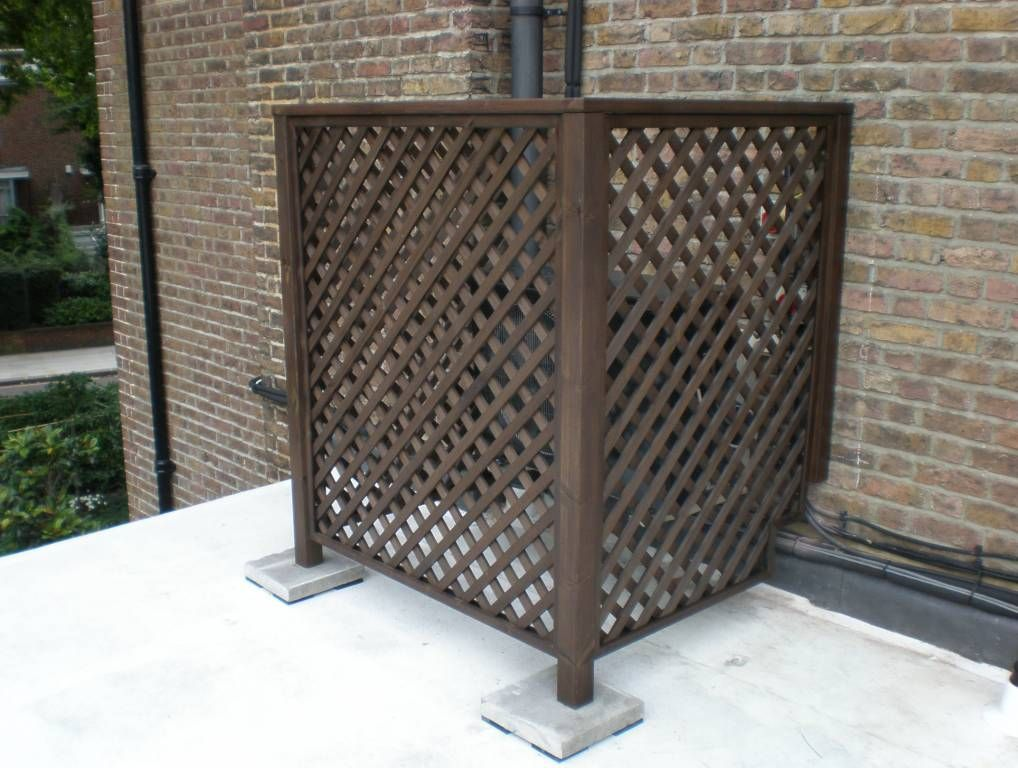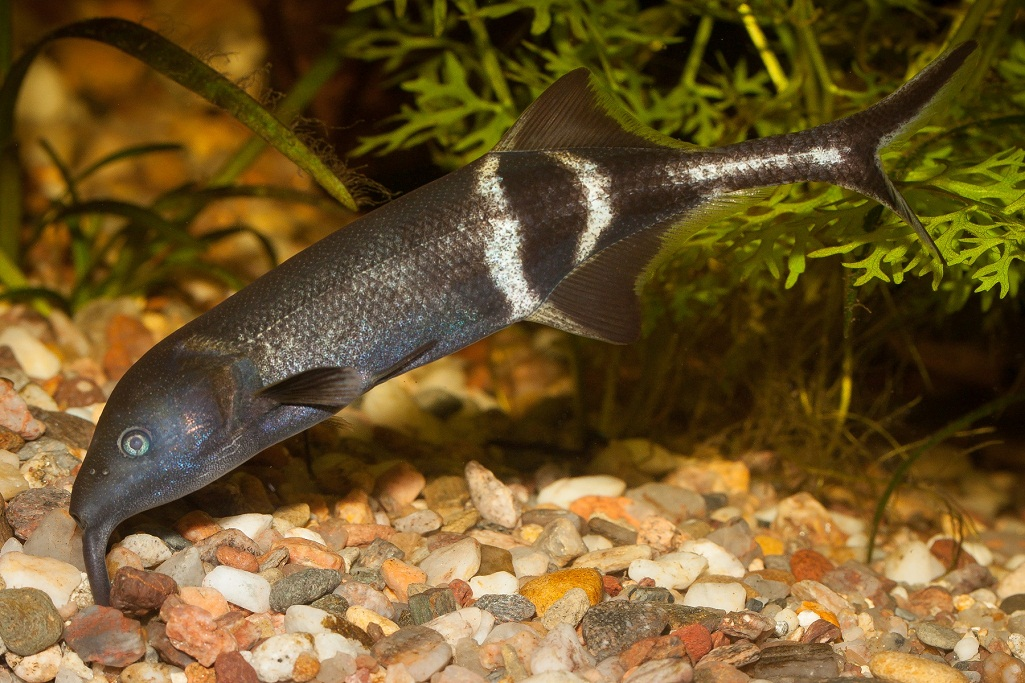Trellis Air cooling technology is making waves as an innovative solution in the air conditioning landscape, poised to redefine energy-efficient cooling practices. As global temperatures rise, the demand for effective climate control systems has surged, leading to escalating greenhouse gas emissions. This groundbreaking air conditioning innovation utilizes a unique membrane dehumidification technology, reminiscent of a coffee filter, which allows for a more efficient extraction of moisture from the air. With its ability to significantly reduce the energy consumed by traditional HVAC systems, Trellis Air offers a promising pathway toward sustainable HVAC solutions. As researchers and entrepreneurs team up to develop and commercialize this technology, it represents a powerful step forward in tackling climate change solutions on a global scale.
The advent of Trellis Air cooling technology marks a significant shift in the approach to residential and industrial air management systems, emphasizing an eco-friendly direction in cooling innovation. This new type of air conditioning leverages advanced moisture removal processes that enhance overall system performance. By harnessing cutting-edge dehumidification technology, this novel approach stands out in a market long dominated by conventional, energy-intensive systems. As countries worldwide grapple with the challenges posed by climate change, such advancements not only improve indoor comfort but also contribute to a substantial decrease in energy usage. Therefore, the emergence of solutions like Trellis Air paves the way for a future where sustainable and efficient climate control is the norm.
The Role of Trellis Air Cooling Technology in Sustainable HVAC Solutions
Trellis Air cooling technology is redefining how we approach air conditioning, especially in the context of the growing climate crisis. Unlike traditional air conditioning systems which rely heavily on cumbersome vapor-compression technology, Trellis Air utilizes an innovative membrane that mimics the function of a coffee filter, extracting moisture from the air without excessive energy consumption. This revolutionary approach to cooling not only enhances dehumidification but also integrates seamlessly with existing HVAC systems, making it a prime candidate for sustainable building solutions. As global temperatures continue to rise, technologies like Trellis Air are essential for developing energy-efficient cooling methods that can significantly lower greenhouse gas emissions in the long term.
Moreover, the compatibility of Trellis Air with various air conditioning units highlights its potential for widespread implementation. By reducing the energy needed for cooling, Trellis Air addresses a significant portion of the $110 billion a year spent globally on air conditioning energy usage that currently contributes to around 4% of greenhouse gas emissions. As we seek innovative climate change solutions, such advancements in cooling technology present an opportunity to transition towards more sustainable HVAC solutions. This not only promises to meet the escalating demand for cooling as climate change intensifies but also aligns with global efforts to mitigate environmental impacts associated with traditional cooling methods.
Exploring Energy-Efficient Cooling Solutions for the Future
With the anticipated rise in air conditioning demand by up to 40% by 2030, the need for energy-efficient cooling solutions has never been more critical. Standard air conditioning systems have not evolved significantly for over a century, leading to increased energy consumption and carbon emissions. However, innovations such as Trellis Air cooling technology are poised to shift this paradigm. By harnessing advanced dehumidification technology, Trellis Air reduces the energy output required for cooling spaces, presenting a viable solution for reducing carbon footprints. This innovation is particularly significant for regions experiencing extreme temperature spikes, where energy-efficient cooling methods can alleviate power outages and enhance comfort.
The push towards energy-efficient cooling aligns with global sustainability goals. In urban areas, where heat accumulation is compounded by the urban heat island effect, utilizing cutting-edge technologies like those provided by Trellis Air can have profound implications. Implementing such systems not only contributes to energy savings but also supports the broader ambitions of energy management and climate resilience. As cities develop their infrastructure to adapt to climate change, prioritizing these advanced energy-efficient cooling solutions will be essential for sustainable urban planning.
Innovations in Dehumidification Technology
Dehumidification technology is at the forefront of revolutionizing air conditioning systems, particularly with innovations like those from Trellis Air. Most conventional air conditioners work by removing moisture through energy-heavy processes, significantly adding to energy costs. Trellis Air’s membrane dehumidification system can efficiently extract moisture from the air while using far less energy than traditional methods. This novel technique not only facilitates cooling but does so in a manner that is environmentally friendly, which is crucial for industries aiming to minimize their ecological impacts.
As we continue to confront the effects of climate change, optimizing dehumidification processes will be essential for effective building climate control. By focusing on reduced energy consumption and enhanced air quality, technologies like Trellis Air are paving the way for future HVAC innovations. This not only promises financial savings for consumers but also ensures that these advancements aid in broader climate action initiatives. By incorporating smarter, energy-efficient dehumidification solutions, we take significant strides toward sustainable HVAC practices.
The Impact of Air Conditioning Innovation on Environmental Sustainability
Air conditioning innovation, particularly through advancements like Trellis Air cooling technology, plays a crucial role in enhancing environmental sustainability. With traditional cooling systems contributing significantly to global greenhouse gas emissions, innovative approaches are essential in tackling these challenges. Trellis Air’s system redefines efficiency by utilizing a method that reduces the energy needed for cooling without compromising air conditioning effectiveness. By prioritizing environmental considerations alongside performance, Trellis Air symbolizes a critical shift in how air conditioning technologies can advance sustainability.
Moreover, the innovation in air conditioning technology directly correlates with the growing emphasis on sustainable HVAC solutions. As climate change continues to influence weather extremes, consumers and industries alike are searching for more advanced solutions that help mitigate rising temperatures. By adopting new technologies such as Trellis Air, businesses can reduce their operational carbon footprints, aligning their practices with global sustainability goals. This convergence of innovation and environmental responsibility sets the stage for a more sustainable future in the HVAC sector.
Sustainable HVAC Solutions for Urban Environments
Urban environments are particularly vulnerable to the effects of climate change, facing significant challenges associated with rising temperatures and increased energy demands for cooling. Sustainable HVAC solutions like those offered by Trellis Air are critical in addressing these challenges. By implementing technologies that efficiently cool buildings and regulate humidity, cities can reduce their reliance on energy-intensive air conditioning systems. This approach not only enhances occupant comfort but also mitigates the urban heat island effect, a phenomenon that exacerbates temperature extremes in city settings.
Additionally, sustainable HVAC solutions must extend beyond the mere implementation of new technologies. They also necessitate a comprehensive strategy that includes improved building design, better insulation, and energy optimization. As part of this holistic approach, Trellis Air’s innovative cooling technology can serve as a critical component, allowing urban planners and architects to design buildings that are greener, more energy-efficient, and equipped to tackle the pressing issues of climate change.
The Future of Energy-Efficient Cooling Technology
As we look to the future, the development and integration of energy-efficient cooling technology, such as Trellis Air, are paramount in combating rising global temperatures. The growing demand for air conditioning, particularly in hotter climates, underscores the urgency of developing technologies that use energy more efficiently. Trellis Air’s unique membrane technology not only promises to revolutionize the way we cool spaces but also sets a new standard for energy efficiency and environmental sustainability in the HVAC industry.
Future innovations in cooling technology will focus on enhancing performance while minimizing energy consumption and environmental impact. By adopting fresh ideas and technology that prioritize energy efficiency, industries can align with global efforts aimed at reducing greenhouse gas emissions. The path forward will be marked by the adoption of technologies like Trellis Air, which embodies the potential to create a more sustainable future as the world navigates the realities of climate change.
The Intersection of Science and Engineering in Air Conditioning
The advancements in air conditioning technologies often lie at the crossroads of science and engineering, as exemplified by Trellis Air. The creation of the unique membrane technology was a result of collaborative efforts between scientists and engineers at Harvard, emphasizing the importance of interdisciplinary approaches in developing innovative solutions. This intersection allows for the experimentation and application of cutting-edge scientific discoveries in practical engineering contexts, ultimately producing technologies that can redefine industry standards and practices.
Such collaborations help bridge the gap between theoretical research and real-world applications, leading to efficient products that directly address contemporary challenges. The work done by researchers and engineers enables the transformation of air conditioning systems into more energy-efficient solutions. Continued support for such interdisciplinary initiatives will be crucial as the push for sustainable HVAC solutions progresses, ensuring that tomorrow’s air conditioning systems are both effective and environmentally responsible.
Trellis Air’s Path to Commercialization and Market Impact
The pathway to commercialization for Trellis Air showcases the potential impact of innovative cooling technology on the marketplace. Equipped with unique membrane dehumidification technology, Trellis Air is poised to disrupt traditional air conditioning markets. By positioning itself as a cleaner and more efficient alternative to conventional systems, the company appeals to consumers increasingly concerned with sustainability and energy efficiency. The versatility of Trellis Air’s technology allows it to cater not only to residential markets but also to industrial applications, broadening its market impact.
As Trellis Air continues to develop and refine its technology, it sets the stage for a significant transformation in how cooling solutions are perceived and utilized. The firm’s emphasis on reducing energy costs and environmental footprints positions it at the forefront of the sustainable HVAC movement. By addressing the urgency of climate change through practical and efficient cooling solutions, Trellis Air has the potential to lead the next wave of innovation in the air conditioning industry, ultimately supporting a sustainable future.
Integrating Trellis Air Technology with Climate Change Solutions
Integrating Trellis Air cooling technology with broader climate change solutions highlights the vital role of innovation in mitigating environmental impacts. As cities and industries grapple with the realities of rising temperatures, finding effective cooling solutions has become imperative. Trellis Air offers a compelling response through energy-efficient systems designed for modern needs. This integration not only contributes to enhancing climate resilience but also demonstrates the commitment to sustainable practices within various sectors.
Moreover, the prospective adoption of Trellis Air technology as a pre-drying module for traditional air conditioners enhances the overall effectiveness of established systems significantly. This form of integration underscores the potential for existing technologies to evolve and adapt in response to climate challenges. By combining innovative air conditioning methods with comprehensive climate change strategies, we can establish systems that are not only effective in managing indoor climates but also contribute positively to global sustainability efforts.
Frequently Asked Questions
What is Trellis Air cooling technology?
Trellis Air cooling technology is an innovative approach to air conditioning that utilizes a unique membrane for dehumidification, allowing for energy-efficient cooling. Unlike traditional systems that rely heavily on refrigerants, Trellis Air’s method pulls moisture directly from the air, akin to a coffee filter, significantly reducing energy consumption and greenhouse gas emissions.
How does Trellis Air technology improve energy-efficient cooling?
The Trellis Air technology enhances energy-efficient cooling by using a specialized membrane that separates water vapor from the air without the energy costs associated with conventional air conditioners. This innovation helps lower the energy required for dehumidification and cooling, making it a sustainable HVAC solution for addressing rising temperatures and climate change.
Why is Trellis Air considered an innovation in air conditioning?
Trellis Air is regarded as an air conditioning innovation because it introduces a novel technique that replaces outdated vapor-compression methods with a membrane-based system that requires less energy to operate. This breakthrough optimizes both dehumidification and cooling, presenting a more sustainable option for modern buildings.
What are the benefits of using Trellis Air’s dehumidification technology?
The dehumidification technology developed by Trellis Air provides several benefits: it drastically reduces energy usage compared to traditional cooling solutions, produces fewer greenhouse gas emissions, and creates a more stable and comfortable indoor environment. This technology is essential for sustainable HVAC solutions aimed at combating climate change.
Can Trellis Air technology be integrated into existing cooling systems?
Yes, Trellis Air technology can be integrated into existing cooling systems as a ‘pre-drying module.’ This allows conventional air conditioners to operate more efficiently by reducing the humidity levels prior to cooling, leading to lower energy consumption and improved overall performance of traditional HVAC systems.
How does Trellis Air address climate change solutions?
Trellis Air directly contributes to climate change solutions by reducing the energy required for cooling, thereby lowering greenhouse gas emissions associated with traditional air conditioning. As global temperatures rise and cooling demands increase, Trellis Air’s technology offers a more eco-friendly alternative to meet these challenges.
What role does research play in developing Trellis Air technology?
Research is fundamental in developing Trellis Air technology, combining insights from engineering, materials science, and environmental design. The collaborative efforts of scientists and engineers at Harvard have led to the creation of a high-performance membrane that enables efficient air cooling and dehumidification, driving the future of sustainable HVAC solutions.
| Key Point | Details |
|---|---|
| Trellis Air Membrane | Developed by Harvard scientists, it works like a coffee filter to effectively pull moisture from air. |
| Environmental Impact | Current cooling systems account for 4% of global greenhouse gas emissions. |
| Rising Demand | Air conditioning demand is expected to rise by 40% by 2030. |
| Current Technology Stagnation | Most cooling systems rely on outdated vapor-compression technology. |
| Trellis Air’s Approach | Utilizes a novel dehumidification technique that is energy-efficient and sustainable. |
| Collaboration | Developed through collaboration between Harvard’s architecture and engineering departments. |
| Commercialization | Trellis Air plans to integrate its tech into existing air conditioning systems. |
| Testing Phase | Real-world prototypes have been tested in Miami and Boston. |
| Future Goals | Aim to create a product that significantly reduces energy use and emissions. |
Summary
Trellis Air cooling technology represents a revolutionary advancement in the field of air conditioning by significantly reducing energy consumption and greenhouse gas emissions. As global temperatures continue to rise, the demand for efficient cooling systems is paramount, and Trellis Air is poised to meet that need with its innovative membrane technology. This approach not only enhances dehumidification but also positions itself favorably against traditional cooling methods that have remained stagnant for over a century. Through ongoing testing and collaboration, Trellis Air seeks to pave the way for a sustainable future in cooling systems.




